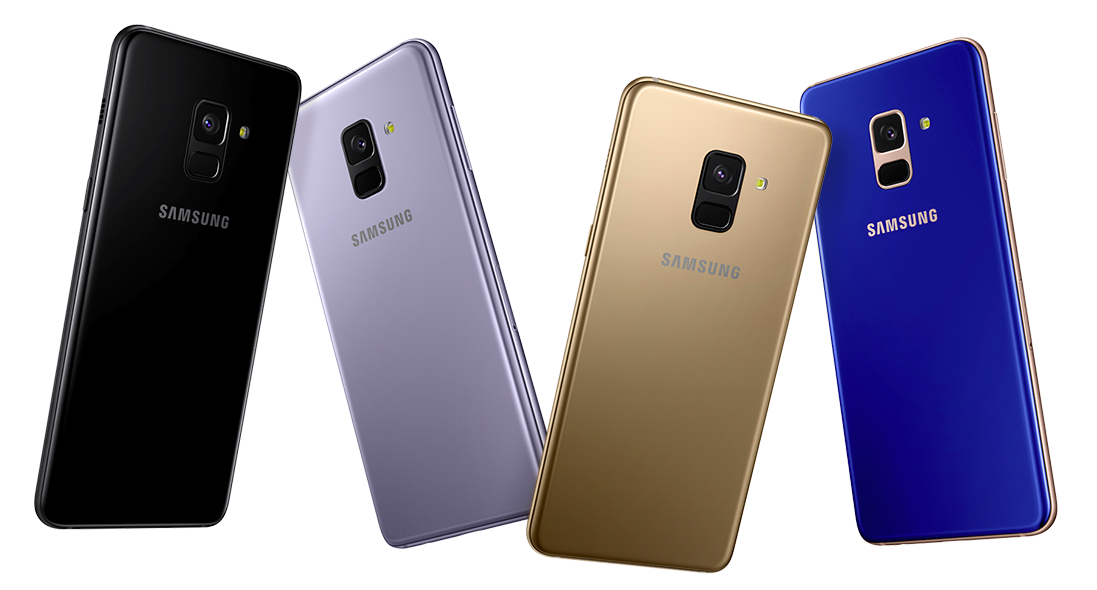Google releases a new version of Android OS every year. The latest stable version is Android 10. It arrived in early September 2019, but to date, it hasn’t even managed to trigger an update to the Android Distribution Dashboard, which was last updated in May 2019.
With Samsung commanding the biggest smartphone market share in the world, it also means that Android 10’s market share can only grow as more Samsung devices receive updates to the latest One UI 2.0.
So far, it is only the devices that command a fraction of the entire Samsung smartphone base that have been upgraded to Android 10. I’m talking about the Galaxy S10, S9 series and Galaxy Note 10, Note 9 family of phones.

Throw in a few midrangers like the Galaxy A90 5G and Galaxy A70, as well as a bunch of budget models like Galaxy A50s, Galaxy A30, and Galaxy M20 and you should see why Android 10 is still nowhere near the required 0.1% market share in order to be added to the distribution board.
Timely/regular Android updates remain a complex issue and a major downside of Android. Case in point, for instance, is where so many existing Android smartphones will never get updated to the latest Android 10 OS regardless of their capabilities.
Google offers up to three years of software support to its devices. The original Pixel is currently on Android 10 having debuted with Android Nougat, meaning it has picked up three OS upgrades. But even the newer Samsung Galaxy S8 and Galaxy Note 8 are unlikely to match this feat.

No matter the odds, some owners of the Galaxy A8 2018 and Galaxy A8+ 2018 are still hopeful that they too will be considered for the One UI 2.0 update. Like the S8, S8+ and Note 8, the duo has Nougat out of the box and currently sits on Pie, the second OS upgrade.
But thanks to the powerful Exynos 7885 chipset allied to 4GB or up to 6GB RAM on the A8+, many believe these two are capable enough to handle the One UI 2.0 update without any issues.

Calls for the Galaxy A8 2018 and Galaxy A8+ Android 10 update to be released started soon after Google released the stable OS and have continued into 2020, with some pointing to their January 2018 launch (after Android Oreo had been released) as another reason they should be upgraded to 10.

Samsung’s update policy, which means every phone gets 2 major updates MUST change. The Galaxy A8 2018 launched in January 2018 with nougat, before the s9 and Oreo while the j7 duo launched 2 months later with Oreo . This means the j7 duo, sold at exactly the same time as the A8, probably for half the price, will get android 10 while the A8 will not. Also, most A8 owners bought it after Oreo rolled out, 2-3 months later so not updating the phone to the newest version on android and making it a year’s update before a worse phone should not be acceptable. And this may happen just because it was launched with a 1.5 year old os and had it for about 2 months. The Samsung update policy of 2 years is a lie for the A8 and a 2017 devices – it is more like only 1⅓ years of updates. Also there is nothing that the A6 2018 and all of the 2018 j series do better than the a8, despite all being sold at the same time and they will get android 10.
Source
Still, neither the Galaxy A8 2018 nor the Galaxy A8+ 2018 has featured in the multiple Samsung One UI 2.0 roadmaps the company has been flaunting around. This, by all means, suggests that the duo won’t be upgraded to Android 10, but good luck telling that to the owners of the devices.
Make no mistake, we too want the Galaxy A8 2018 and Galaxy A8+ Android 10 update to be released, but Samsung being Samsung, it’s highly unlikely. Nonetheless, we will keep an eye on the developments and let you know in case anything changes.
PiunikaWeb started as purely an investigative tech journalism website with main focus on ‘breaking’ or ‘exclusive’ news. In no time, our stories got picked up by the likes of Forbes, Foxnews, Gizmodo, TechCrunch, Engadget, The Verge, Macrumors, and many others. Want to know more about us? Head here.


